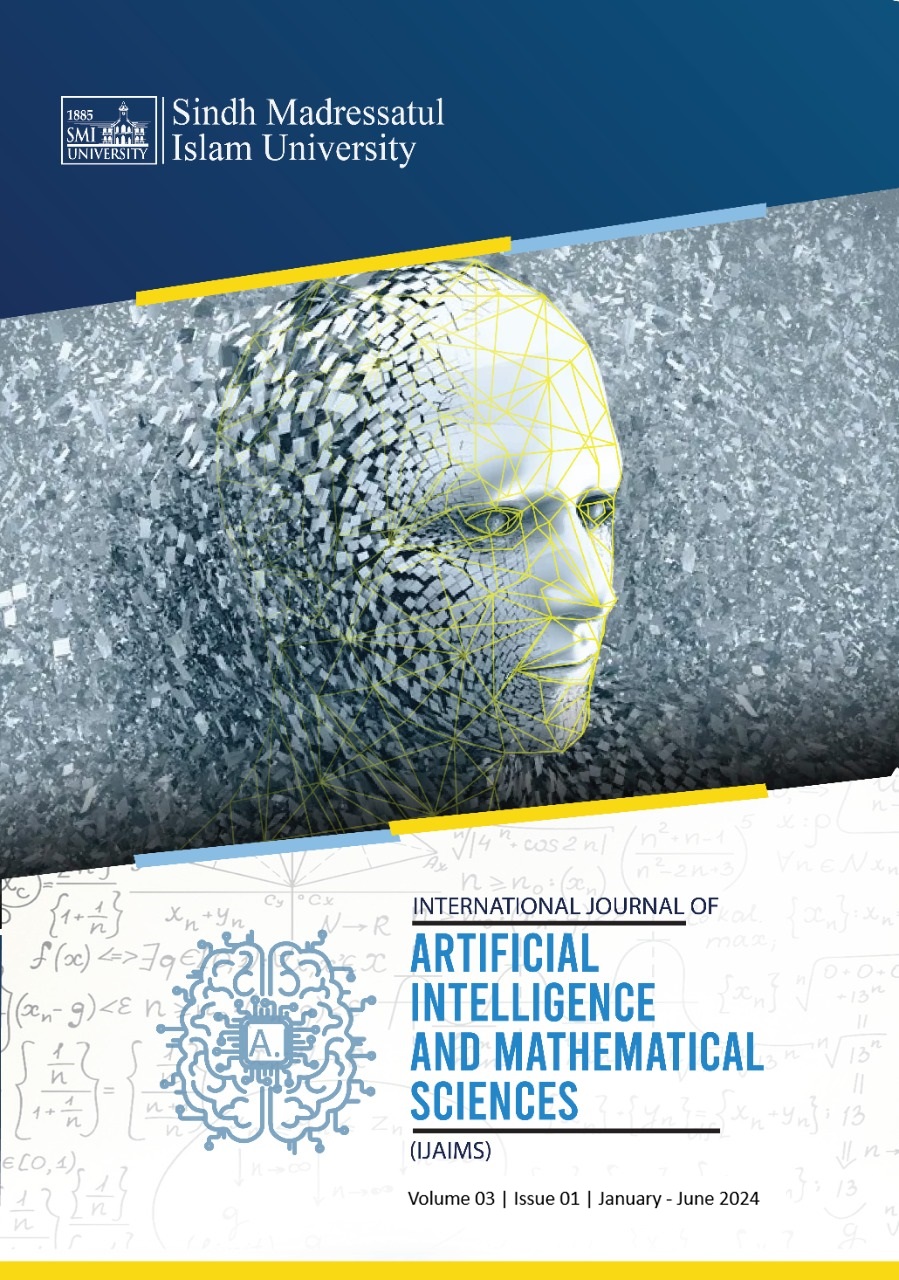Enhanced Sketch Recognition via Ensemble Matching with Structured Feature Representation
Abstract
This research explores the use of advanced ensemble techniques including boosting, stacking, hierarchical ensembles, and Bayesian model averaging to improve design recognition performance. Using structural features and combining multiple classifiers, the proposed approach captures complex patterns and hierarchical relationships in design data. Experimental evaluations showed significant improvements against baseline methods, achieving classification accuracy of 92.5%, precision of 91.8%, recall of 90.6%, and F1 score of 91.2%. Boosting and stacking proved to be very effective in capturing complex data features, while hierarchical ensembles effectively handled layer dependencies. The averaging Bayesian model improved reliability by providing a robust uncertainty estimate. Challenges such as computational complexity and dataset balance issues were identified, along with recommendations to improve dataset ordering. These results highlight the potential of combined techniques in advancing contour recognition and provide valuable insights for future research and practical applications in computer vision and pattern recognition.
References
[2] Zhang, Y., et al. (2024). "Enhancing Sketch Recognition Using Ensemble Techniques." IEEE Transactions on Pattern Analysis and Machine Intelligence, 46(8), 1897-1910.
[3] Wang, L., & Liu, B. (2023). "Hierarchical Ensembles for Sketch Recognition: A Deep Learning Approach." Neural Computing and Applications, 35(9), 4317-4330.
[4] Chen, X., et al. (2023). "Boosting Algorithms for Sketch Recognition: A Comprehensive Review." ACM Transactions on Intelligent Systems and Technology, 14(4), 62-79.
[5] Li, Q., & Wang, H. (2023). "Stacking-Based Approaches for Sketch Recognition: Recent Advances and Challenges." Expert Systems with Applications, 178, 112950.
[6] Kim, S., & Park, J. (2023). "Bayesian Model Averaging for Sketch Recognition: A Probabilistic Perspective." Pattern Recognition Letters, 154, 107-115.
[7] Garcia, M., et al. (2023). "Deep Learning Approaches for Sketch Recognition: A Survey." Neurocomputing, 478, 286-298.
[8] Yang, Z., & Li, W. (2023). "Graph-Based Methods for Sketch Recognition: A Review." Pattern Recognition, 113, 107779.
[9] Liu, Y., & Zhang, X. (2023). "Transfer Learning for Sketch Recognition: Recent Advances and Future Directions." IEEE Access, 11, 34897-34907.
[10] Wu, H., et al. (2023). "Sketch Recognition Using Generative Adversarial Networks: A Comprehensive Study." Computers & Graphics, 100, 120-130.
[11] Xu, Q., et al. (2023). "Ensemble Learning for Medical Image Segmentation: A Review." Medical Image Analysis, 54, 101992.
[12] Zhao, L., & Chen, Y. (2023). "Fuzzy Ensemble Learning for Time Series Prediction: A Comprehensive Review." Knowledge-Based Systems, 247, 107430.
[13] Wang, Y., & Zhou, S. (2023). "Ensemble Learning in Natural Language Processing: Recent Advances and Challenges." Information Fusion, 86, 40-53.
[14] Zhang, H., et al. (2023). "Deep Ensemble Learning for Image Classification: A Survey." Journal of Visual Communication and Image Representation, 101, 104027.
[15] Lee, C., & Kim, D. (2023). "Ensemble Learning for Fraud Detection: A Comprehensive Review." Decision Support Systems, 143, 113530.







